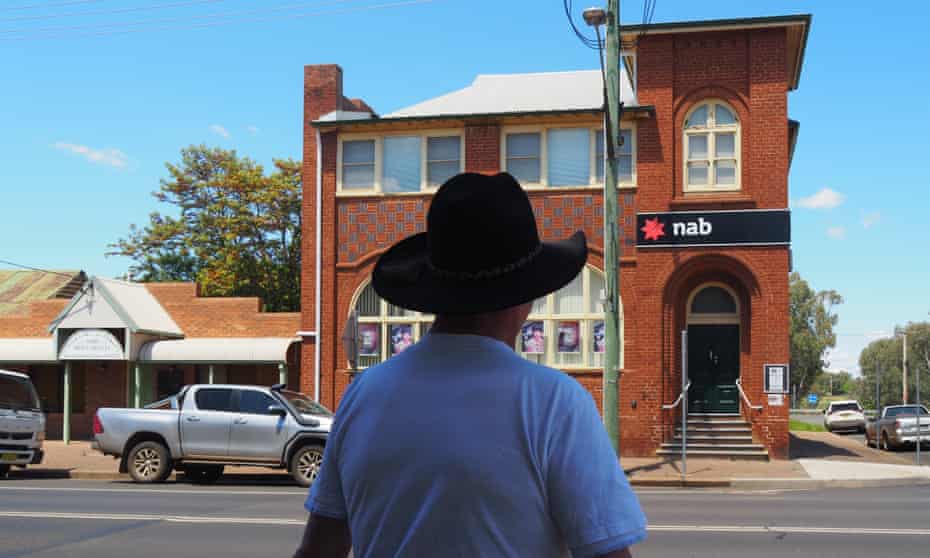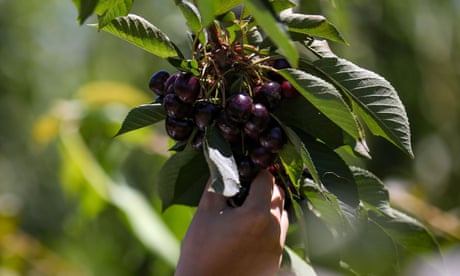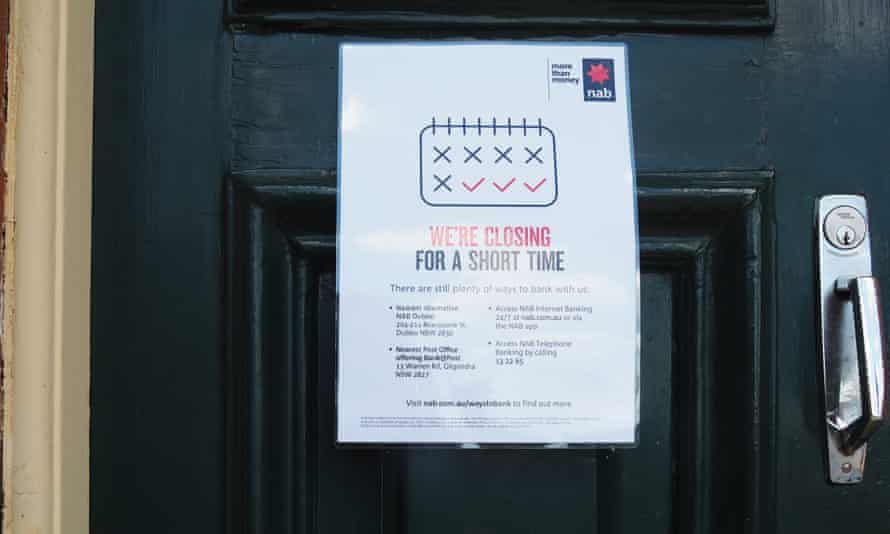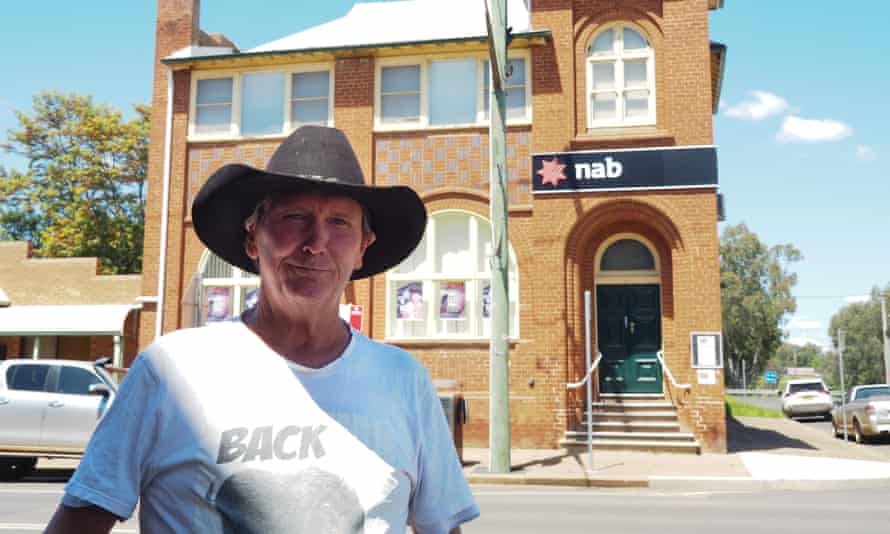Extract from The Guardian
More than 100 branches have shut in the past year, prompting concerns about the impacts on entire communities.

Last modified on Sat 23 Oct 2021 09.58 AEDT
The Australian government has announced a taskforce, including the big four banks, to assess the impact of bank branch closures in regional communities.
The announcement comes after the Australian Prudential Regulation Authority’s (Apra) annual listing of banking services revealed on Wednesday that more than 100 regional and rural banking branches had closed in the past year.
The minister for regional communities, Bridget McKenzie, said “bank branch closures in the regions also affect the liveability of towns, and so I am pleased to announce this taskforce will be looking at how we can keep banking services in rural Australia”.
Michael Sukkar, the assistant treasurer, and senator Perin Davey will act as co-chairs of the taskforce, which will also include senior representatives of banks, peak bodies such as the Australian Banking Association, , local government associations as well as Australia Post, which banks pay to offer banking services in 3,500 outlets.

Davey told Guardian Australia the trend of regional branch closures “has become much more noticeable of late”.
Since the start of the pandemic there had been more than 300 branch closures, most in regional areas. In the last four years the number of branches in regional and remote Australia fell by about 25%.
Julia Angrisano, the national secretary of the Finance Sector Union, said that because regional Australians had lower levels of digital literacy, limited access to transport and higher numbers of retirees and Indigenous Australians, they were the “hardest hit” by bank closures.
Angrisano highlighted that the impact for regional Australia was far greater than branch closures in cities “where you can go a couple kilometres up the road to the next branch. You don’t have the same option when a closure is in regional areas.”
Scott Ferguson, the mayor of Blayney, said the closure of the local Commonwealth Bank branch in June meant individuals and businesses had to travel more than half an hour away to Orange and Bathurst in order to complete their banking needs.
Angrisano highlighted that the economic effect was significant not only for individuals’ banking needs but the town as a whole, as “those banks are the lifeblood of those towns” and an “economic domino effect” is created when they close.
“It’s because the banks close their doors first that other businesses don’t make it,” Angrisano said, as locals will come into town specifically to do banking and while they’re there stop at local businesses to eat and shop.
Davey said “the ones who are affected the most are the small businesses who lose their bank service and then see the locals shopping elsewhere too”.
A statement from the Australian Banking Association (ABA) in response to the announcement of the taskforce stated “where branches are closed, it’s because customers no longer need to do their banking face to face”.
However, Davey said “it is something of a chicken-and-egg situation: more people are banking online because the banks tell them to.”

A sign on the door at the NAB branch in Gilgrandra. Photograph: Natasha May/The Guardian
In Gilgandra, even though the NAB branch was nominally still open, it had been closed all this week with signage directing customers to online and telephone banking options, or to go to the nearest branch 45 minutes away in Dubbo.
Mick Wilson works around the block from the local NAB branch, but said he had been forced to do all his banking online because the branch was never open.

Wayne Ross, who banks at National Australia Bank in Gilgandra. Photograph: Natasha May/The Guardian
Angrisano said the digitisation of banking was a deliberate business model which provided an excuse for the closures, which were to the disadvantage of regional communities which had significantly worse access to digital connectivity.
Ferguson said “face to face banking is not as important as it used to be, but for rural and regional communities it’s still much needed”.
He said the Commonwealth Bank had diverted customers to the post office, which was underresourced and not supported adequately by the bank in order to meet the community’s needs.
Ferguson gave the example that every time volunteer associations change their executive, they need to alter who can access the account and need to travel to Orange to do so because the banks say the post office staff aren’t trained to do so despite post offices being able to carry out identity checks for passports.

There was also the problem that taking away community banking severs the understanding of local customers’ banking needs, according to Angrisano.
She said this was especially important in rural locations, which had been devastated by droughts and floods, as well as for farmers whose banking needs would be better met if the banker understood the land they operate.
“Giving them a phone number in Sydney or Melbourne has no local connection,” Angrisano said.
Davey said the establishment of the taskforce represented a significant milestone, as it brought the opportunity not only to inquire into issues, but also to bring together stakeholders to find solutions.
“I have already spoken to some of the banks and they are very keen to be involved in finding solutions. It is very important to me that this is not a bank-bashing exercise, because we need the banks to work with us to identify the ways in which we can service regional communities. The solutions may be a mix of things,” Davey said.

No comments:
Post a Comment